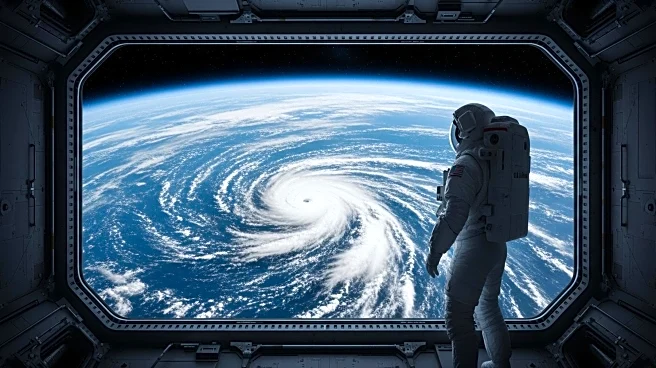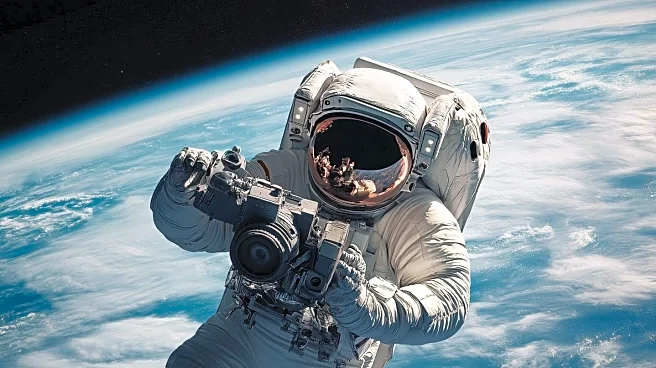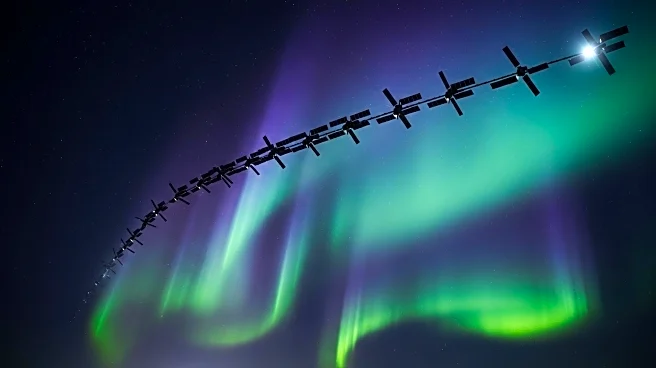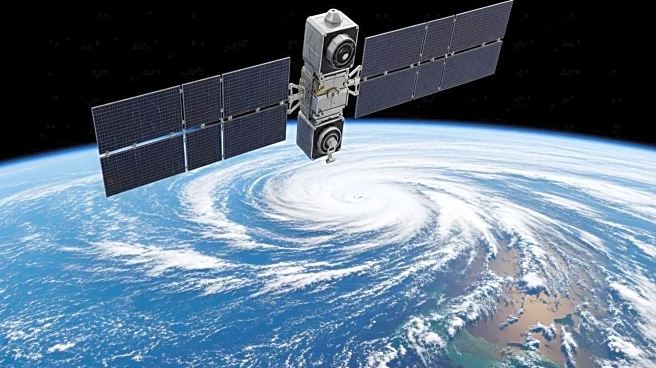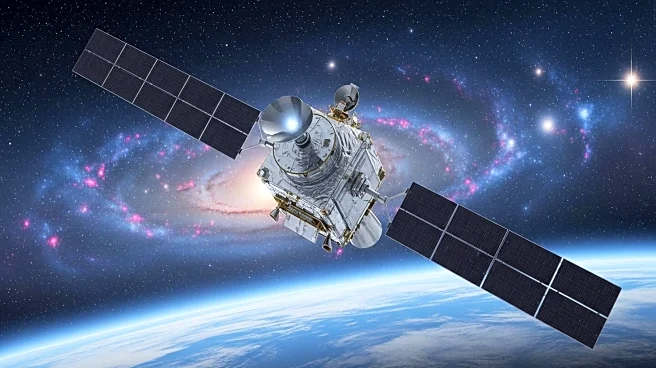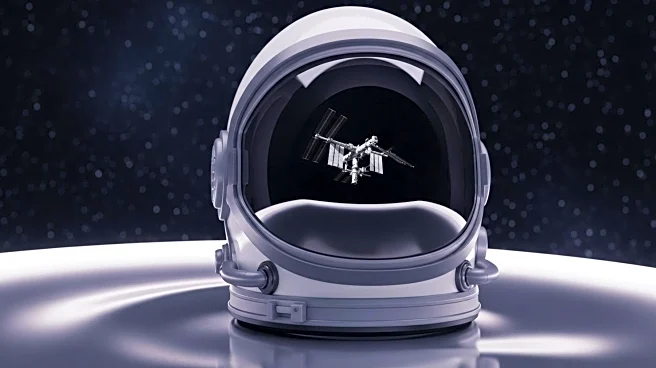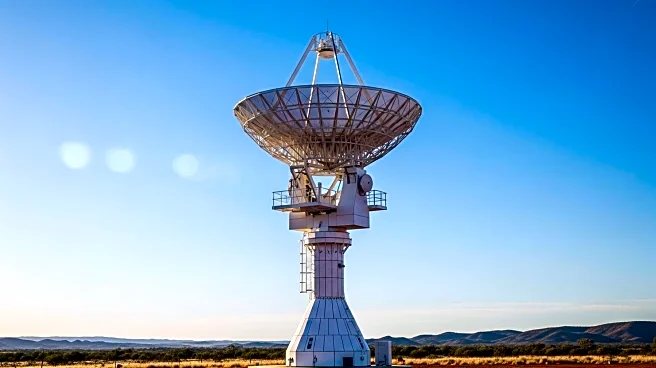What's Happening?
Japanese astronaut Kimiya Yui, aboard the International Space Station (ISS), has been observing two typhoons from orbit. Yui, part of Expedition 73, noted the intensity of Typhoon 22 and the swirling rain clouds of Typhoon 23. Despite the U.S. government shutdown affecting updates on science and maintenance work, Yui's observations have been shared via social media. The ISS currently hosts seven crew members, including astronauts from NASA and Roscosmos. The station has been continuously crewed for nearly 25 years, with multiple spacecraft docked, including SpaceX's Dragon and Roscosmos' Soyuz. Yui is also preparing for the arrival of Japan's next-generation cargo vehicle, HTV-X, which will involve using the station's Canadarm2 robotic arm.
Why It's Important?
The observations made by astronaut Kimiya Yui highlight the critical role of the ISS in monitoring global weather patterns, which can aid in disaster preparedness and response. The ability to track typhoons from space provides valuable data for meteorologists and can help mitigate the impact of such natural disasters. The ongoing operations and international collaboration aboard the ISS underscore its importance as a hub for scientific research and technological advancement. The preparation for the HTV-X cargo vehicle also demonstrates the continued investment in space exploration and international cooperation, which are vital for future missions and technological developments.
What's Next?
The arrival of Japan's HTV-X cargo vehicle will be a significant event for the ISS, requiring precise coordination and operation of the Canadarm2. This mission will further test the capabilities of the station's crew and equipment, potentially leading to advancements in cargo handling and robotic operations in space. The ongoing government shutdown may continue to affect communication and updates from the ISS, but international partners like JAXA are likely to maintain their contributions to the station's operations. The observations of typhoons may also lead to further studies on climate patterns and their effects on global weather systems.

